I understand ecohydrology to mean an interdisciplinary research area concerned with the interactions between ecological processes and the hydrologic system. Understanding these interactions/feedbacks under uncertain climate and human population growth is key to achieving sustainable watershed management and water resources development.
What are your undergraduate and graduate degrees in?
I obtained a Bachelor of Engineering in Agricultural and Bioresources Engineering in 2007 from the University of Nigeria. My master's degree is in Soil and Water Resources Engineering from the same university.
How did you arrive at working in/thinking about ecohydrology?
During my master´s degree program, I joined my professor´s research group - the Eco-hydrology and System Research Unit (EHSRU). He was a Professor of Eco-Hydrology had developed an eco-hydrologic model in his doctoral study in Canada. From that moment, my research interests developed and grew to my current level now. My first research experience was working with the Soil and Water Assessment Tool (SWAT) to understand the impact of land use/cover changes on hydrologic processes. The critical role evapotranspiration plays in the hydrologic system should never be downplayed during eco-hydrologic model development.
What do you see as an important emerging area of ecohydrology?
An important emerging area of ecohydrology is socio-ecohydrology. It is the study of interactions and feedbacks between humans, ecology, and water systems. Human activities have significantly reshaped the natural landscape with impacts on ecological and hydrologic systems. Anthropogenic activities have also affected our climate system and increased uncertainties in weather projections. Research which contributes to understanding the feedbacks between human, ecological and water systems will be a great contribution towards achieving sustainable watershed resources management.
Do you have a favorite ecohydrology paper? Describe/explain.
Krysanova, V and J. G. Arnold (2008) Advances in ecohydrological modelling with SWAT—a review, Hydrological Sciences Journal, 53:5, 939-947.
This review provided me with information on the development of the SWAT model as an ecohydrological model. I will say that this is the first ecohydrology research paper that I read and which also introduced me to other relevant related literature.
What do you do for fun (apart from ecohydrology)?
I am also a sportsman and particularly like track and field events.
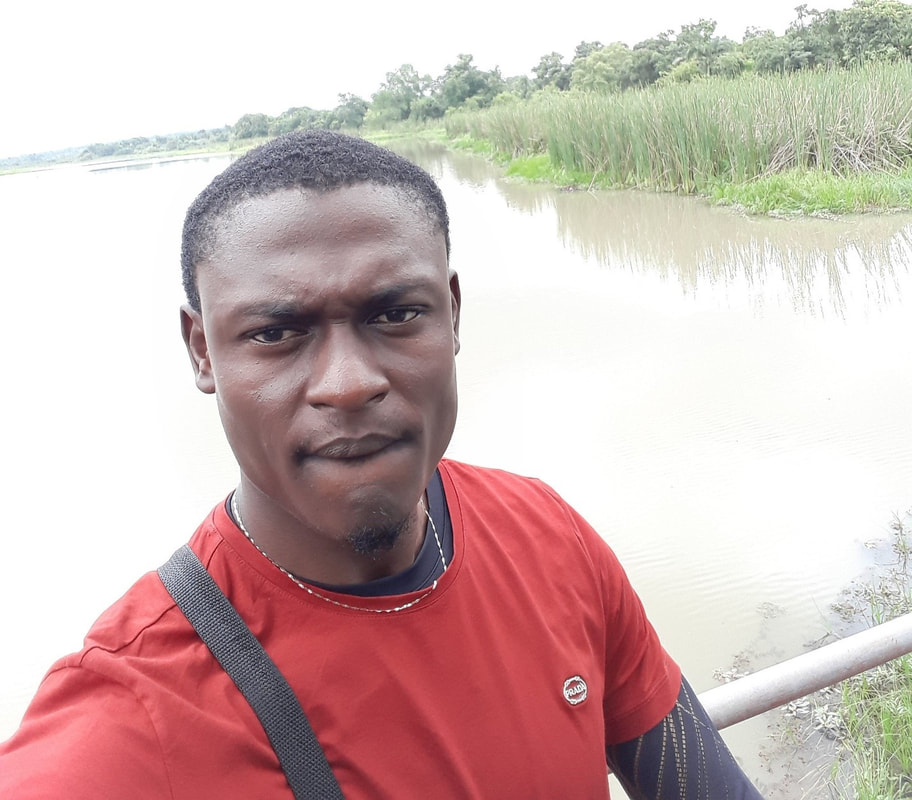

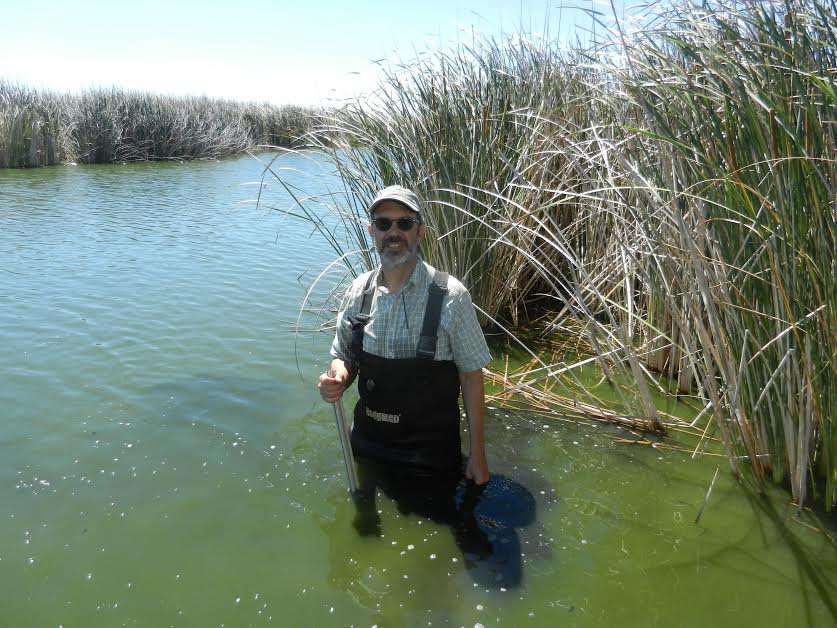
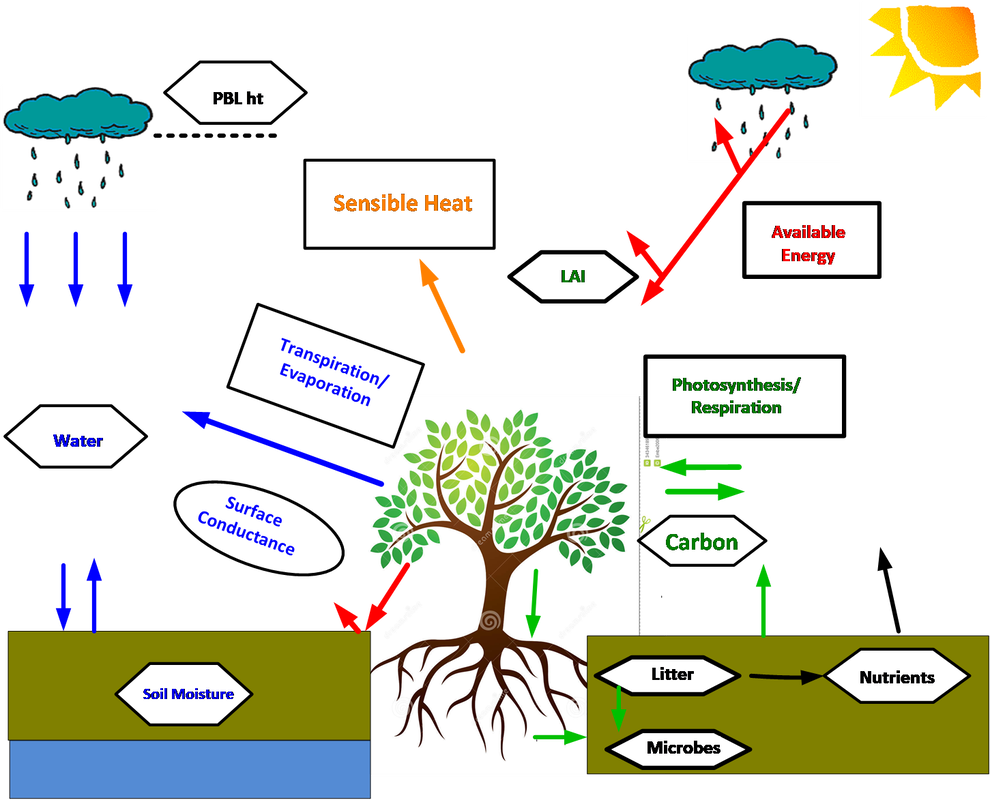
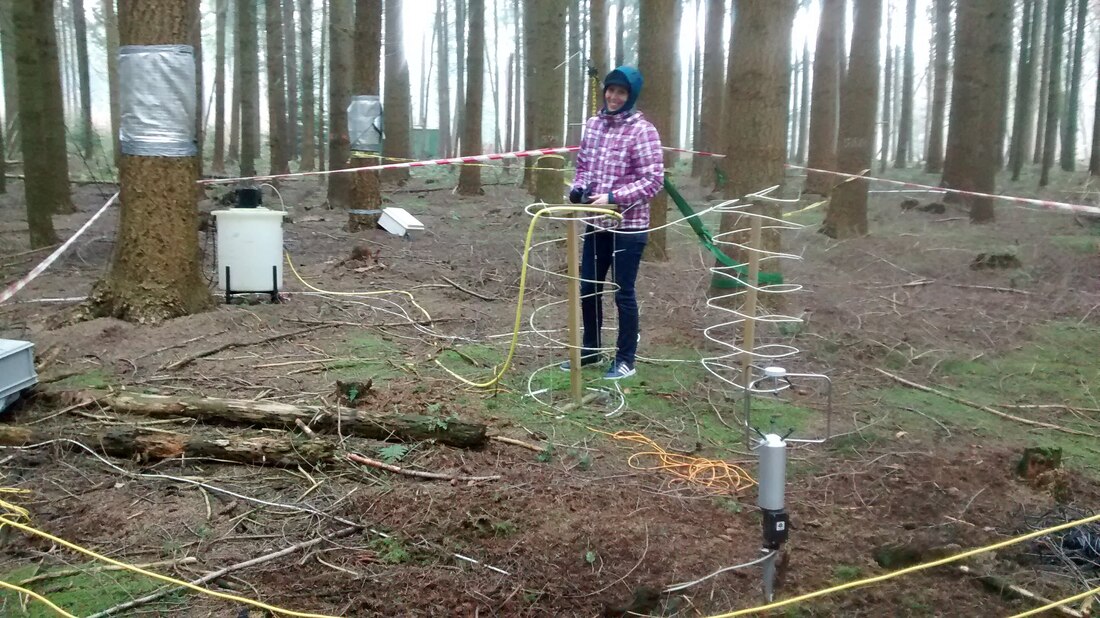
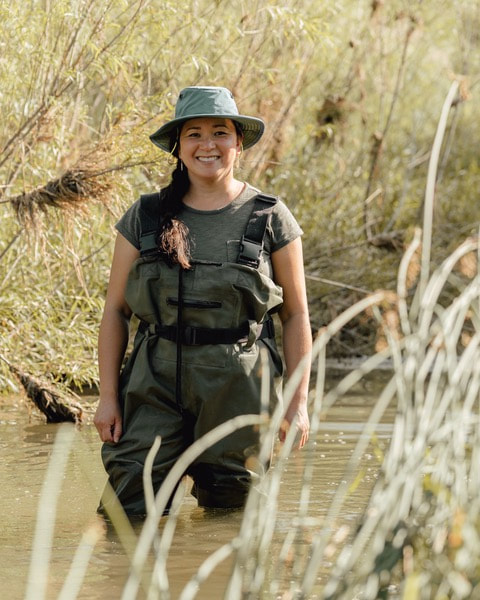
 RSS Feed
RSS Feed